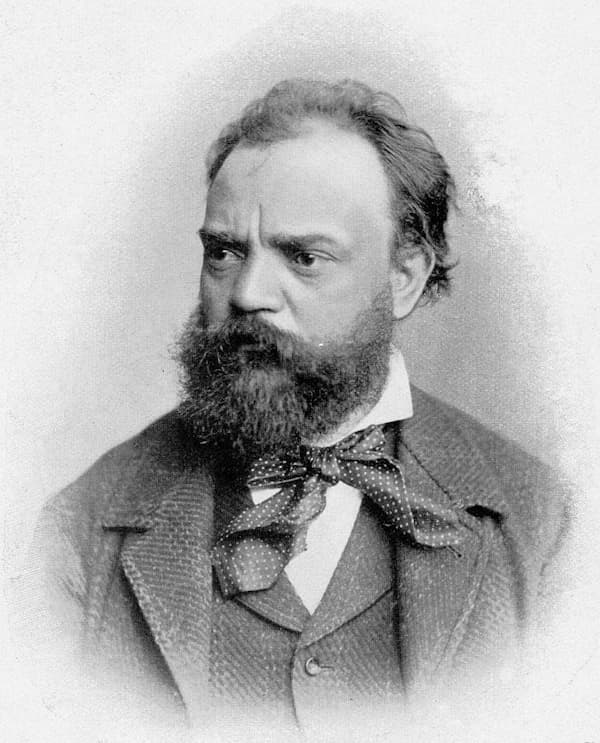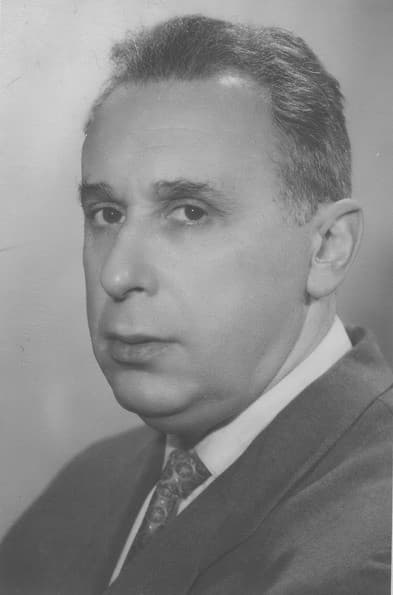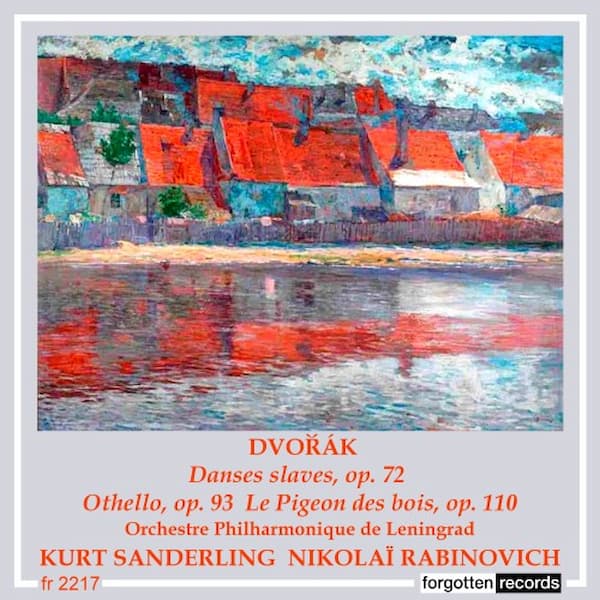by Maureen Buja, Interlude

Antonín Dvořák, 1882
This development of the symphonic poem, all based on one literary source, was not unprecedented for Dvořák. Earlier works had literary elements, the most familiar perhaps being in his works written in America (the New World Symphony and the American Quartet).
The Garland, or, to give it its full name, The Garland of National Legends, was a cycle of 13 ballads. Holoubek, or The Dove (The Wood Dove, the Wood Pigeon) story starts in a graveyard. A widow mourns her recently departed husband and is seen by a passing youth (handsome, of course). After three days of resistance, she accedes to his demands and in a month they are married. The story then turns – she’s a widow because she gave her first husband a deadly potion so she could marry the handsome youth, and then at the end of the poem, after 3 years with her new husband, the sound of the dove, cooing in the oak tree over her first husband’s grave, drives her to suicide.
The tone poem opens with a funeral march, with a recurring march-beat of the funeral procession under the melodies. The flutes and violins bring in the young widow, but the following subject, on oboe and trumpets, belies the presented innocence. The widow’s tears, sarcastically presented in the flutes and violins, are another indication of her false heart. The handsome young man is signalled by a distant trumpet. The funeral march continues, but in a more spritely manner – perhaps the inconsolable widow is approachable after all!
The central section is the wedding of the widow and her new husband.
In the final section we return to the graveyard and the mournful call of the dove in the oak tree above the husband’s grave. Dvořák gives this an eery setting with harp and strings, wailing flutes, and a crying oboe. The widow / bride is driven to remorse and drowns herself, and the funeral march returns at the end. Although Erben’s poem ends with a pitiless description of her grave – no tombstone and her head laid only on a rock, buried in the middle of a field – Dvořák gives us an optimistic ending with a return of the dove’s song and the minor key turned to major one.
Antonín Dvořák: Holoubek, Op. 110, B. 198

Nikolai Ravinovich
This recording was made in 1954 with Nikolai Rabinovich conducting the Leningrad Philharmonic Orchestra.
Nikolai Rabinovich (1908–1972) graduated from the Leningrad Conservatory in 1931 and was appointed professor of conducting there in 1968. His students included Yuri Simonov, Neeme Järvi, Vladislav Chachin, Vitaliy Kutsenko, and Victor Yampolsky, all of whom had exemplary conducting careers.
The Leningrad Philharmonic Orchestra, now the Saint Petersburg Philharmonic, was founded in 1802 and started as the orchestra for the Court of Alexander III of Russia. Its period of greatest achievement occurred under the leadership of Yevgeny Mravinsky, who led it for 50 years (1938–1988). This saw its first tours to the west and the start of their studio recordings. Under Mravinsky, the orchestra recorded seven of Shostakovich’s symphonies.

Performed by
Nikolai Rabinovich
The Leningrad Philharmonic Orchestra
Recorded in 1954
Official Website
For more of the best in classical music, sign up for our E-Newsletter
No comments:
Post a Comment